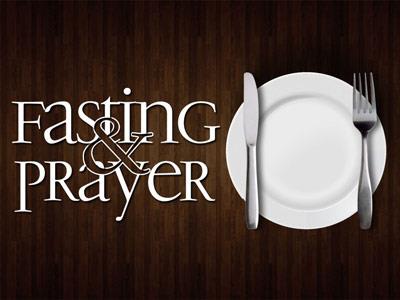-
Biblical Model Of Repentance
Contributed by Derek Geldart on Feb 19, 2017 (message contributor)
Summary: The following sermon outlines a six step model of Biblical Repentance.
REPENTANCE SERIES
Online Sermon: http://www.mckeesfamily.com/?page_id=3567
We started off this series by talking sin and the character of God. When we sin, we become distant from God because He is pure light and there is no darkness in Him at all. We learned that repentance is the mechanism that God has given us to be forgiven and have our relationship with Him restored. Even with this mechanism we remain distant from God because we do not know how to repent God’s way. For instance, In the second week we identified seven myths concerning repentance. It is a myth that motivations such as sorrow, preservation, penance, reformation, self-deception, selective and no consequence; lead to repentance. Last week we explored ten of the most common impediments to repentance and then finished off by describing seven key motivating factors of a truly repentant heart. The focus of this week’s sermon is to summarize what we have learned thus far by outlining six crucial steps of a Biblical model of repentance.
.
PART 4: SIX BIBLICAL STEPS OF REPENTANCE
Repentance is a gift of God’s grace whereby the sinner is inwardly humbled and visibly transformed to meet God’s righteous standards both in word, thought and deed. There are six steps to repent God’s way: sight of sin, sorrow for sin, confession of sin, shame of sin, hatred of sin and turning away from sin. For most people, each one of these steps become progressively more difficult. For example, identifying sin in one’s life tends not to be as difficult as sorrow, confession, shame or hatred of sin. The final and most difficult step in repenting is the actual turning away from sin because it requires lasting change in a person’s life. The section below will look at each of these steps in more detail starting with the sight of sin.
STEP ONE: SIGHT OF SIN
Since the first thing God made was light (Genesis 1:3) so is the first thing in repenting, illuminating one’s sin. While it is easy to spot the “plank” in another’s eye (Matthew 7:5) it is not so easy to humble oneself to see within one’s own life. The veil of ignorance or self-love keeps many from identifying their own unrighteousness. While this veil cannot be removed by human effort alone, He who knit you in your mother’s womb and knows everything about you (Psalms 139) can enable you to identify those areas of your life that do not conform to God’s holiness. In the story of the Prodigal Son it was not until he came to his senses (Luke 15:18) and acknowledged that he had sinned against the Father that his journey of forgiveness began. So crucial is this first step that Paul warns those who do not examine and identify sin in their lives risk eating and drinking judgment upon themselves at the Lord’s Table (1 Corinthians 11:28). “Sin must be first identified before it can be wept for.” Spirit led, self-examination of sin is best done in solitude, meditation and prayer.
STEP 2: SORROW FOR SIN
The second step in repentance is to experience deep sorrow for having offended the very character of God. Sorrow for having sinned is not a superficial emotion that is here one day and gone the next but is best described as broken (Psalms 51:17) or rending of the heart (Joel 2:13) that outwardly manifests itself through actions such as the smiting of the thigh (Jeremiah 31:19), knocking of the breast (Luke 18:13), putting on sackcloth (Isaiah 22:12) or plucking off the hair (Ezra 9:3). In his book The Doctrine of Repentance, Thomas Watson identifies six qualifications of sorrow that leads to repentance:
1. Godly sorrow is intrinsically genuine. Outward signs of sorrow such as disfiguring one’s face like the Pharisees (Matthew 6:16) or even the tearing of one’s clothing like King Ahab (1 Kings 21:27) is not Godly sorrow unless it comes from a broken heart. The heart had a chief part in the sinning, so must it also in sorrowing. The repentant mourns any signs of sin in their hearts and like David cry out to God to have them removed (Psalms 139:23-24).
2. Godly sorrow is more concerned about offending the holy character of God than in any possibility of being punished. Hypocrites grieve only for the bitter consequence of sin whereas the truly repentant are filled with so much sorrow for having broken God’s laws that their heart melt in their own tears. Even if there were “no conscience to smite, no Devil to accuse, no hell to punish, yet the soul would be grieved because of the prejudice done to God.”
3. Godly sorrow is mixed with faith. “Spiritual sorrow will sink the heart, if the pulley of faith does not raise it.” While worldly sorrow often leaves a person in despair, Godly sorrow is one that through the tears of the soul one can look up to Christ our brazen Serpent and have hope. Because the blood of Christ can wash away any sin, the repentant know how important it is to have humility without despair.

 Sermon Central
Sermon Central



